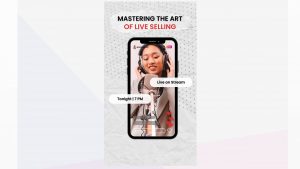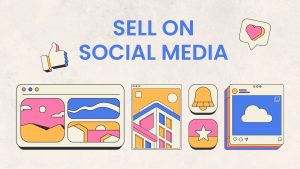If you want to deliver on the potential of your store, then you can’t stop at a website (however fast and well-designed it may be). You need to move into the mobile app world. Expanding your reach in this way gives you more opportunities to convert and allows you to achieve levels of convenience and accessibility that keep customers coming back.
But that doesn’t mean you’re guaranteed success with a great mobile app on the market: after all, there are millions of apps in the leading mobile marketplaces. If you don’t handle yours correctly, it won’t stand a chance of getting any traction, and you’ll end up watching it gather dust and wondering where you went wrong. What separates the hits from the misses?
Well, the key to the whole process is the introduction. If you can get some of your core customers to use it, you can start building up invaluable social proof (and earning some direct recommendations) that will help boost the popularity of your app. So once you’ve made it through the app development process, how should you introduce it? Here are some tips:
Write out a brief pitch
It’s long been standard practice to produce a press release for something new, whether a T.V. show or a business merger — the idea is that providing the details in a print-ready format will encourage people to use them (busy writers need all the shortcuts they can get). And while I’m not suggesting that you use a traditional press release, I am saying there’s value in creating something of a press pitch: offering a brief app outline and an explanation of its value.
You can send this pitch to app review sites, relevant influencers, and even your customers (more on that later). Keep in mind that it needs to be accurate and as precise as possible. You can also use the kernel of your pitch for your marketplace listing (up next).
Optimize the marketplace listing
It would be best if you weren’t relying on your app’s appearance in mobile marketplaces to get its attention (it’s much better to drive that attention from elsewhere). However, it’s still worth making it look as good as possible — you don’t want someone to track down your app only to leave without trying it because they think it seems highly suspicious.
Put some time into polishing everything from your main description to your provided imagery (having a great logo is vital), paying close attention to formatting, and — essentially — checking everything before you sign it off and move on. Just one unnoticed typo can massively damage your reputation and presumed professionalism.
Choose an introductory incentive.
Installing an app isn’t precisely laborious, but people are unlikely to install your app on a whim — they might do that with a game but not with a store app. And plenty of people who already visit your store regularly might wonder about its point, feeling that your store’s mobile version works well enough. This is where incentives come in.
By providing an incentive for someone to install and use your app (perhaps something like 40% off their first order), you can push past that initial objection and get them in a position to experience how much slicker the app experience is.
Promote it on your homepage
The above-the-fold section of your homepage is prime real estate and the perfect place to present your new app. Have a clear, high-resolution image of the app in use, a straightforward headline, some bullet-pointed features, and a CTA featuring the chosen incentive.
This isn’t to say that you should use this space indefinitely, of course, because you need it for other things: new products, for instance. Instead, please give it a couple of weeks or so and remove the app-related content. If you think your website isn’t doing enough to promote the app after that, implement a pop-up promo system to suggest it periodically.
Notify all your existing customers
Your homepage notice might be enough for your regulars, but what about your occasional customers? You might as well use all the tools at your disposal, so run with everything from email marketing to social media activity to maximize your coverage. You prepared a pitch earlier, so rework that for your emails — maybe lengthen it somewhat.
As for your social media work, get conversational and keep it light. Engage with people to see what their frustrations are. How can your app help them? And if anyone has specific issues with your app, how can you address them? If a simple update can improve it, you should get it done as soon as possible.
Consider some paid advertising.
This certainly isn’t necessary, particularly if you have a relative niche set of customers, but it’s a possibility that you shouldn’t overlook. With so many viable options out there (influencer networks, programmatic PPC systems, sponsored blog posts, etc.), there’s every chance that you can find a tactic that suits your particular needs.
If you mess up the rollout of your mobile app, it’ll be tough to make it the success you’re looking for — so take the time to prepare and follow these tips to nail the introduction.
|
P.S. – Here’s something fun for you to do We’ve created a super fun bingo challenge for all eCommerce founders. Download the below image, tick off the boxes on what you’ve done, post it on your Instagram story or posts, and tag us with #ecommbingo20.
|
 |






Share Your Views!